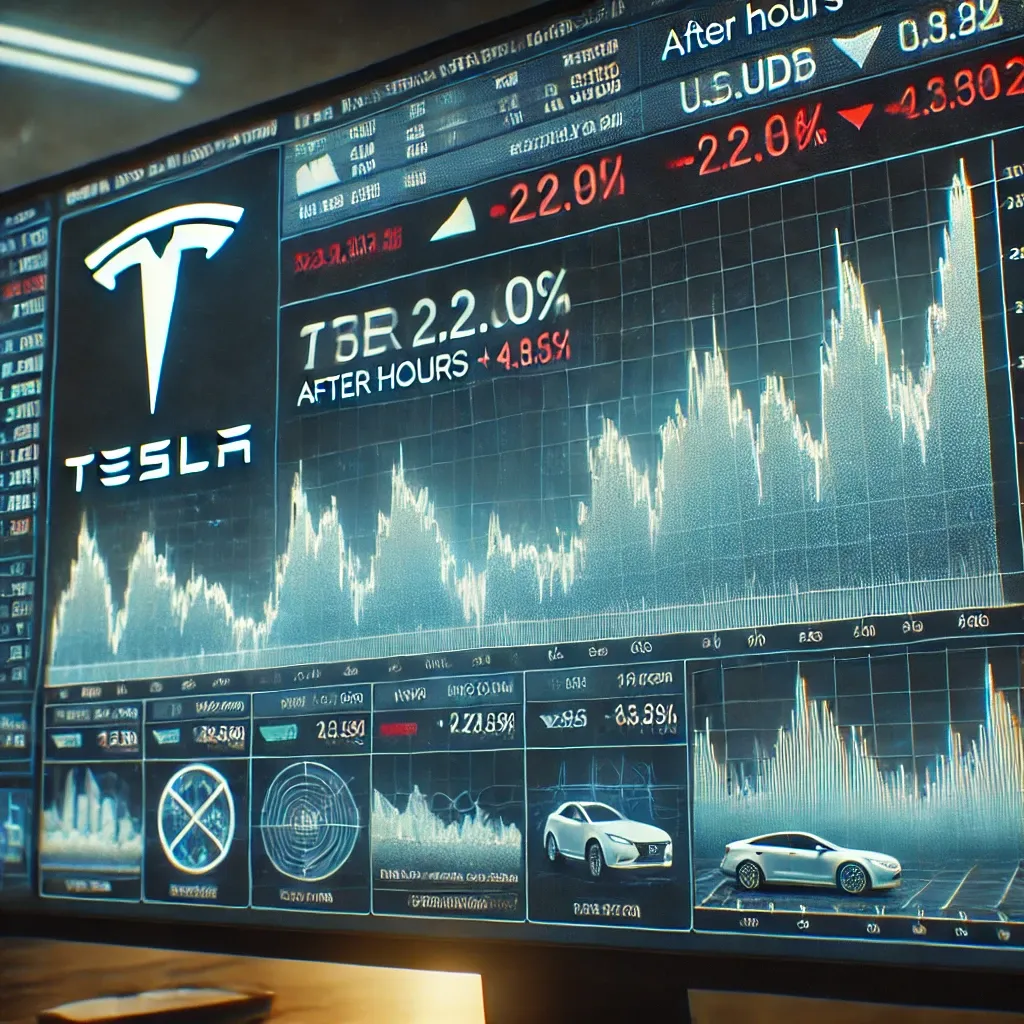Tesla’s after-hours trading often sparks significant market movements, capturing the attention of traders and investors alike. Are you curious how Tesla’s stock fluctuates outside of standard hours? With trends influenced by earnings calls, sudden announcements, or investor sentiment, understanding after-hours trading is essential. Below, we break down what you need to know with practical takeaways, detailed analysis, and tips to make the most out of this extended session.
Tesla Stock After-Hours Price: What Moves the Market?
After-hours trading provides an extended window beyond regular market hours, typically from 4 PM to 8 PM EST. Tesla’s stock price during this time is shaped by various factors, which can include corporate updates, earnings reports, or macroeconomic news. The reduced liquidity in after-hours trading can amplify volatility, leading to sharp price movements within minutes.When an unexpected development—like new EV delivery numbers—surfaces, Tesla’s stock may respond instantly, making these hours both risky and profitable. Traders watching the after-hours session gain an edge by spotting trends early. This period acts as a precursor for the next day’s open, helping investors prepare their strategy.
- Tesla often releases earnings reports right after regular market hours, driving major movements.
- Market sentiment shifts instantly with news such as production changes, product announcements, or CEO Elon Musk’s tweets.
- Trading volumes are thinner after hours, which means prices can move more abruptly.
- Large institutional trades can surface, indicating key movements ahead of the opening bell.
- Extended hours reveal early insights into how Tesla’s stock might open the next trading day.
- Tesla’s global footprint also introduces factors from international markets overnight.
Being aware of Tesla’s performance in these sessions empowers investors to either capitalize on the movements or mitigate risks through strategic trades. Stay sharp, as the after-hours data could signal changes in momentum for the following day.
Tesla Stock Prices: Volatility and Trends Explained
Tesla’s stock is known for its wild price swings, and the after-hours trading session is no exception. Understanding the trends driving Tesla’s price can help investors navigate this volatility effectively. These sessions tend to amplify reactions to good or bad news, with the stock price often gapping up or down by several percent before the regular market opens.Tesla’s status as both a tech and automotive company means it reacts to developments across multiple industries. Investors focus on a few crucial data points when tracking Tesla’s movements—whether that’s EV production reports, financial earnings, or announcements regarding new factory projects. Predicting Tesla’s trajectory requires monitoring both industry-specific developments and macroeconomic trends.
- Earnings reports cause Tesla’s stock to fluctuate widely in after-hours trading.
- Production delays or issues related to new vehicle launches trigger rapid responses.
- The global semiconductor supply chain influences Tesla’s operations and stock prices.
- News related to electric vehicle incentives or government policies plays a role.
- Market analysts’ upgrades or downgrades reflect directly on Tesla’s valuation.
- Factors such as Tesla’s gigafactory outputs or supply chain disruptions lead to immediate impacts.
While predicting exact price movements is difficult, those trading Tesla in after-hours markets should remain updated with recent developments. Keeping a close watch on financial news and Tesla’s corporate announcements is critical to make informed decisions.
Tesla Stock After-Hours Trading: Tips for Savvy Investors
After-hours trading offers a unique opportunity but requires a cautious and informed approach. Many traders use it to position themselves ahead of large market events, such as Tesla’s quarterly earnings. However, given the unpredictable nature of these sessions, having a plan and clear strategies is essential to minimize risks.Trading Tesla during these volatile hours requires discipline and understanding of liquidity issues that can make large trades difficult to execute smoothly. Investors can leverage real-time trading tools to stay ahead but must remain vigilant about the risks inherent in low-volume markets.
- Use limit orders instead of market orders to avoid unfavorable prices due to low liquidity.
- Stay informed on news sources like MarketWatch, Yahoo Finance, and Bloomberg for real-time Tesla updates.
- Monitor volume trends carefully; thin volumes can create unexpected price gaps.
- Be prepared for delayed settlement times—after-hours trades may not clear immediately.
- Combine after-hours insights with technical analysis to make informed predictions.
- If volatility is too high, waiting until the regular session may provide more stability.
Even seasoned investors can face challenges during Tesla’s after-hours trading, but by leveraging real-time data and staying up to date with market trends, traders can optimize their performance. Having the right tools and strategies ensures better outcomes, whether trading for short-term gains or long-term positioning.
Conclusion
Tesla’s stock movements during after-hours trading offer unique opportunities but come with challenges due to increased volatility and lower liquidity. For investors eager to act on the latest news or position themselves before the next trading session, after-hours trading is invaluable. Key events such as earnings releases and macroeconomic announcements often drive Tesla’s price, with swift responses that ripple into the regular market hours.By understanding the risks and employing sound strategies, investors can harness the potential of Tesla’s after-hours trading effectively. As Warren Buffett once said, “Opportunities come infrequently. When it rains gold, put out the bucket, not the thimble.” For those prepared, the after-hours session can indeed present golden opportunities—just ensure you have your bucket ready.






